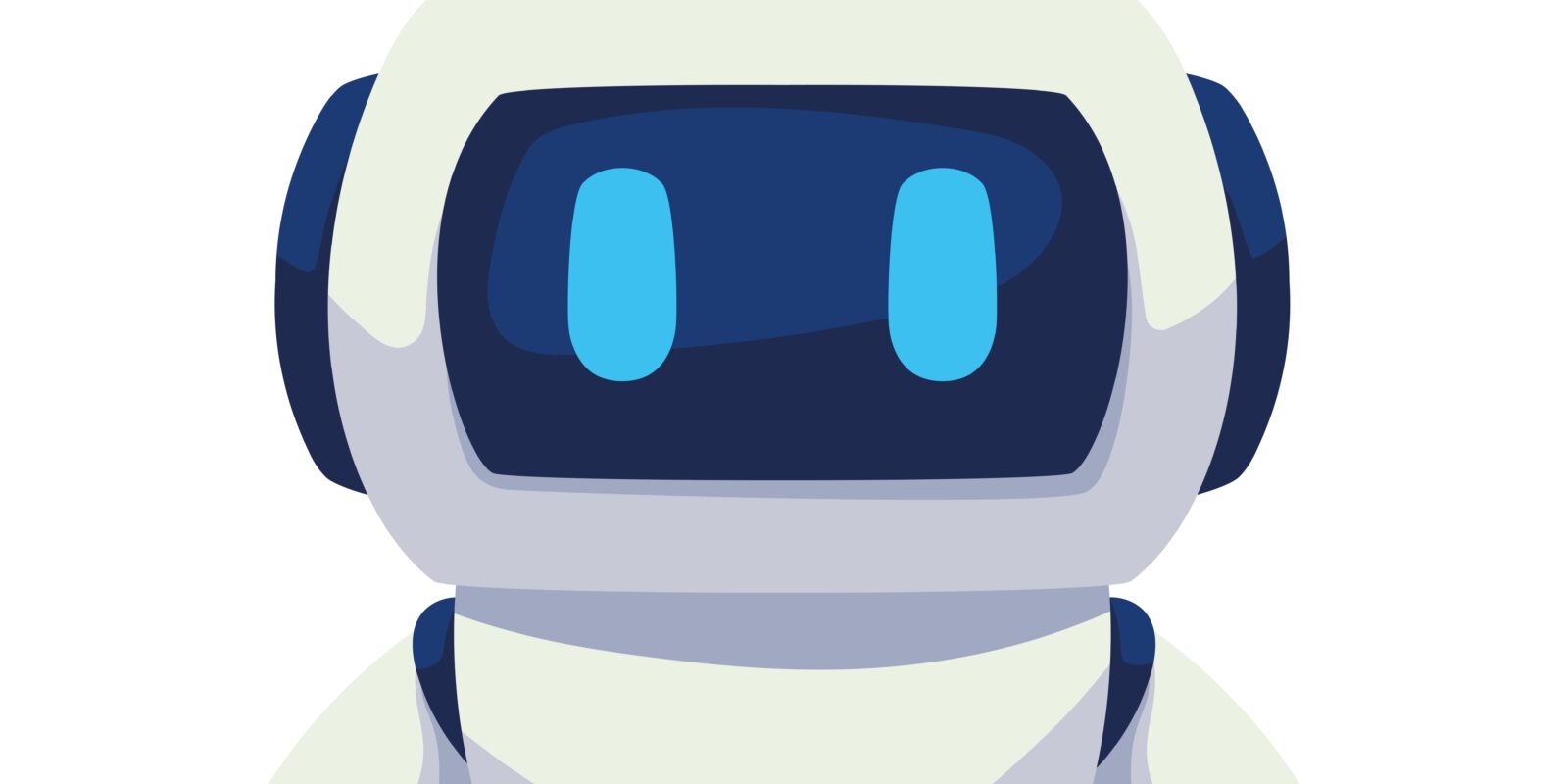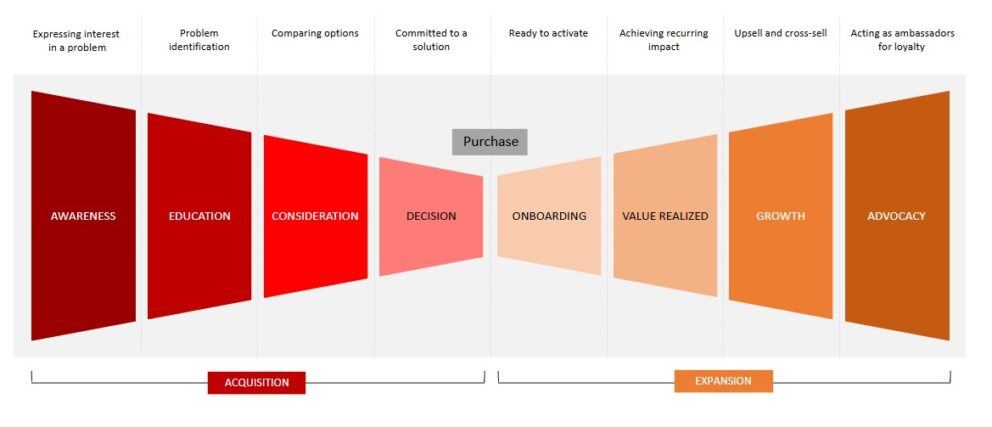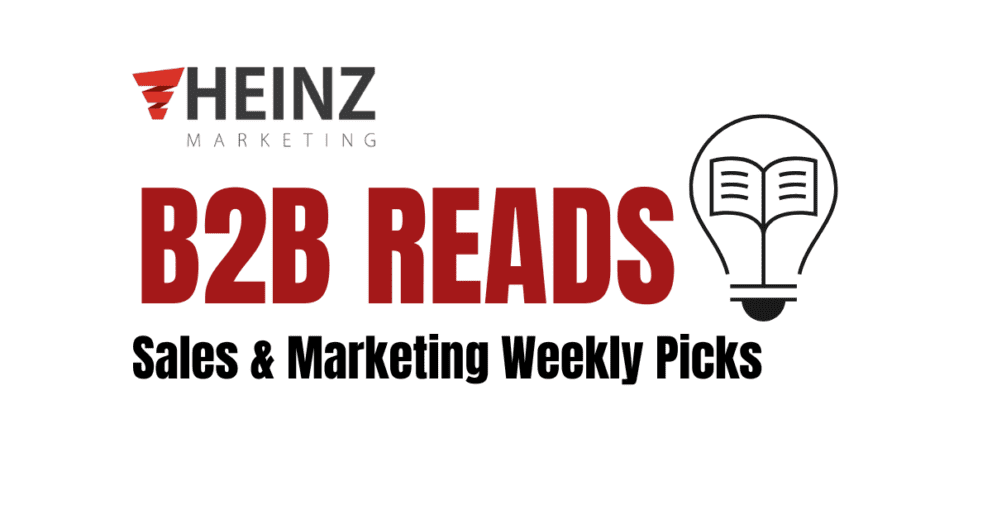AI BDRs: A Game-Changer for Sales Teams or Just Hype?

Summary
AI-powered BDRs are generating buzz, but are they the future of sales or just another tech trend? This article breaks down what AI BDRs really are (spoiler: not robots!), why companies are exploring them, and key considerations for CMOs and CROs before jumping in. If you're looking to scale pipeline generation without losing the human touch, this is a must-read.
By Maria Geokezas, Chief Operating Officer at Heinz Marketing
AI is rapidly transforming sales and marketing, and one area getting a lot of attention is AI-powered Business Development Representatives (BDRs). But what does that really mean? Are companies using robots to replace human reps? Can AI actually engage and qualify leads effectively? And most importantly—does it work?
For CMOs and CROs, AI BDRs could present new opportunities to scale pipeline generation—but there’s still a lot to figure out. Let’s take a closer look at what AI BDRs really are, why companies are exploring them, and what factors leaders should consider before diving in.
What Is an AI BDR, Really?
First things first: AI BDRs aren’t robots cold-calling your prospects. Instead, they’re AI-powered software solutions designed to automate and enhance parts of the outbound sales process.
Think of them as intelligent virtual assistants that can:
- Send personalized emails and LinkedIn messages
- Qualify leads based on engagement and data insights
- Schedule meetings and follow up with prospects
- Use natural language processing (NLP) to have chatbot-style conversations
But while AI BDRs can handle repetitive outreach and follow-ups, they’re not meant to replace human reps entirely. Instead, they aim to free up sales teams from routine tasks so they can focus on deeper prospect engagement and relationship-building.
Why Are Companies Considering AI BDRs?
While AI BDRs are still evolving, many organizations are testing them out for a few key reasons:
- Scaling Outreach Without Adding Headcount – AI makes it easier to reach more prospects without hiring additional BDRs. Some companies using AI in sales report a 44% increase in productivity.
- Finding and Qualifying the Right Leads Faster – AI can analyze vast amounts of prospect data and predict which leads are worth pursuing. Sales teams leveraging AI have seen a 50% increase in qualified leads.
- Speeding Up Response Times – AI can instantly follow up on inbound interest or re-engage cold leads. In fact, AI-driven sales processes have reduced response times by 60-70%.
- Lowering Costs – While hiring and training human BDRs is expensive, AI BDRs help scale outreach with lower operational costs. Some organizations have reported a 44% reduction in expenses.
But Does It Actually Work?
The early data suggests that AI BDRs can make a real impact—when used correctly. Companies integrating AI into their sales processes have seen:
- Higher revenue growth – Sales teams using AI are 1.3x more likely to exceed revenue targets.
- More efficient lead engagement – AI-powered lead qualification has increased conversion rates for many organizations.
- Better customer experiences – 62% of businesses say AI has helped personalize customer interactions and improve engagement.
That said, AI BDRs aren’t a plug-and-play solution. They require fine-tuning, integration with existing sales processes, and continuous optimization to ensure they provide real value.
Key Considerations Before Investing in AI BDRs
If AI BDRs seem promising, how should CMOs and CROs evaluate whether they’re the right fit? Here are a few factors to weigh:
- Where AI Fits in Your Sales Process – AI can handle repetitive tasks, but human reps are still essential for complex conversations. How much of your sales cycle is routine vs. relationship-driven?
- Data Quality Matters – AI is only as good as the data it works with. Is your CRM and prospect data clean and well-structured?
- Prospect Experience – Automated outreach at scale can be powerful—but only if it’s personalized and relevant. How will AI ensure messaging feels authentic rather than robotic?
- AI Oversight & Optimization – AI isn’t a set-it-and-forget-it tool. Who will monitor performance, refine AI interactions, and ensure AI-driven outreach aligns with brand voice?
So, Is AI BDR the Future?
It’s still early days for AI BDRs, but one thing is clear: AI is changing how sales teams work. Whether that means fully adopting AI-driven BDRs or simply using AI to enhance existing outreach, companies that find the right balance between automation and human connection will have a competitive edge.
For CMOs and CROs, the key is not jumping in just because it’s trendy—but testing, learning, and optimizing AI in a way that truly supports sales goals.
So, is AI BDR right for your business? Maybe. But the real question is: How can AI help your team work smarter, not just faster?
Thanks for reading! We have lots of other articles about AI and its impact on B2B sales and marketing on our blog. Or feel free to reach out if you’d like to discuss how your organization can leverage AI in the sales process.
Image Credit: Freepik







